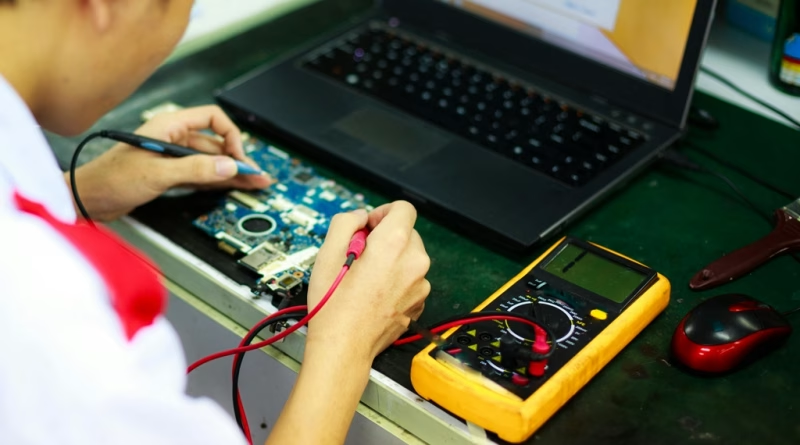The Big Debate: Right to Repair – What Does it Mean for Consumers?
For years, the gadgets you own haven’t felt truly yours. When the battery on your $1,200 smartphone dies or the screen on your laptop cracks, you’ve been funneled into a single, expensive repair option: go back to the original manufacturer. This closed system, protected by proprietary parts, special tools, and a lack of available repair manuals, has left consumers feeling powerless.
A powerful global movement has risen up to challenge this reality. It’s called the “Right to Repair,” and it’s built on a simple, powerful idea: you should have the right to fix the things you own.
After years of grassroots activism and legislative battles, this movement is winning major victories, particularly with new laws in the EU and U.S. states like California and New York. But what does “Right to Repair” actually mean for you, the consumer? Let’s break down the big debate.
At Its Core, What is the Right to Repair?
The Right to Repair movement advocates for laws that would require manufacturers to make three key things available to both consumers and independent repair shops:
- Parts: Access to genuine replacement parts, like batteries, screens, and charging ports, at a fair price.
- Manuals: Access to the official service manuals and schematics that the company’s own technicians use.
- Tools & Diagnostics: Access to the same specialized software and physical tools needed to diagnose and perform repairs.
The goal is to break the manufacturer’s monopoly on repairs, creating a competitive market that gives consumers more choice.
The Wins for Your Wallet (and the Planet)
For consumers, the benefits of a robust Right to Repair ecosystem are massive and immediate.
- Lower Repair Costs: When independent repair shops can compete for your business using official parts, it drives down prices for everyone. A $300 screen replacement from the manufacturer might become a $150 job at a local shop.
- Longer-Lasting Devices: When repairs are affordable and accessible, you’re far more likely to fix a device with a dying battery rather than throwing it away and buying a new one. This extends the lifespan of our expensive gadgets, saving us money in the long run.
- Reduced E-Waste: This is the huge environmental win. Extending the life of our electronics is one of the most effective ways to reduce the colossal amount of electronic waste our society generates each year.
- You Truly Own Your Property: This is the philosophical core. It reinforces the fundamental principle that when you buy a product, you own it outright and should have the freedom to open it, modify it, and repair it as you see fit.
The Potential Pitfalls (The Manufacturer’s Argument)
Tech giants like Apple have historically argued against these laws, citing three main concerns.
- Safety: They claim that allowing untrained individuals to handle lithium-ion batteries and complex electronics could lead to injury or fire.
- Security & Privacy: They argue that giving third parties deep access to a device’s internal workings could create new vulnerabilities for hackers to exploit, potentially compromising user data.
- Intellectual Property: Companies are protective of their trade secrets and design innovations, and they worry that making detailed schematics public could make it easier for competitors to copy their technology.
What This Actually Means For You
In 2025, the Right to Repair is no longer a fringe idea; it’s the law in a growing number of places. For you, this means a tangible shift in power.
It means you now have a choice. You can still go directly to the manufacturer for a premium repair experience. But now, you can also go to a trusted local repair shop that has access to the same quality parts and information. Or, if you’re feeling adventurous, you can even order the parts and tools yourself and do the repair at your own kitchen table.
The Right to Repair is about giving you the freedom to make that choice, putting you back in control of the technology you own.




